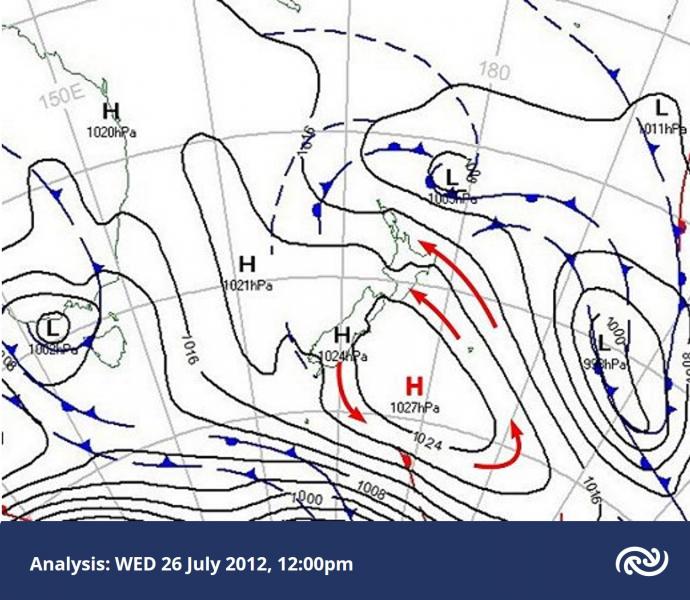What do we mean when we say the weather is “fine”? The word fine is often used to convey the positive attributes of something. It is synonymous with good, well, enjoyable.
How are you? I’m fine!
How was the movie? It was fine.
This is a fine bottle of wine.
When we write weather forecasts we define the term fine to mean that the sun casts sharp shadows. If cloud is thick enough to stop the sun from casting sharp shadows then, even if it doesn’t rain, we don’t think that’s a fine day.
